SYMBIOSIS Project
A holistic opto-acoustic system for monitoring biodiversities
Our overarching objective is to develop a prototype of a non-invasive system to monitor coastal and deep waters for fish stock, and to assess the environmental health by monitoring key pelagic fish species.
SYMBIOSIS Project
A holistic opto-acoustic system for monitoring biodiversities
Our overarching objective is to develop a prototype of a non-invasive system to monitor coastal and deep waters for fish stock, and to assess the environmental health by monitoring key pelagic fish species.
SYMBIOSIS Project Description
Symbiosis is funded by European Union’s Horizon 2020 research and innovation programme under grant agreement No 773753.
We present the SYMBIOSIS project to provide a mature, cost effective autonomous optco-acoustic prototype for the characterization, classification, and biomass evaluation of six target pelagic fish that are important to the fishery industry and that reflect on the health of the environment. The processing will be made in a real-time fashion onsite, and the results will be sent to a shore station. The system will be completely autonomous and will withstand three month deployment without recharging. We will demonstrate the capabilities of the system and its readiness to a TRL6 stage over three sea and ocean mooring sites.

SYMBIOSIS is devised as a blend of acoustic and optical components. The acoustic unit will include an active underwater acoustic array of 2X3 elements, to detect, classify, evaluate the biomass, and localize the predefined pelagic fish in the far field of 500m. The optical component will comprise of a fixed frame of six underwater optical cameras, and will perform machine learning-based classification and biomass evaluation in the near field of 2-3 attenuation lengths in low-light conditions. To conserve power the optical unit will be triggered upon detection from the acoustic unit, and will use the results from the acoustic localization. The system will be modular, both in term of performance and in terms of composition, and will adapt to different scenarios and cost requirements.
Milestones
-

Step One
Fish characterization
Completion of a guide of expected acoustic features of the tracked pelagic fish types
-
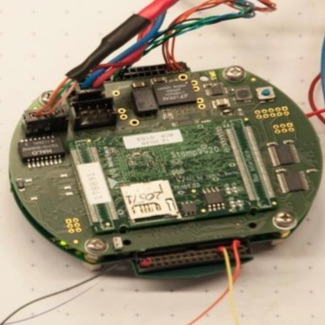
Step Two
Acoustic detection and interference cancellation
More than 90% detection rate and less than 0.001 false detection rate at range of 500m in simulations and emulations in the presence of strong interference noise from a ship
-
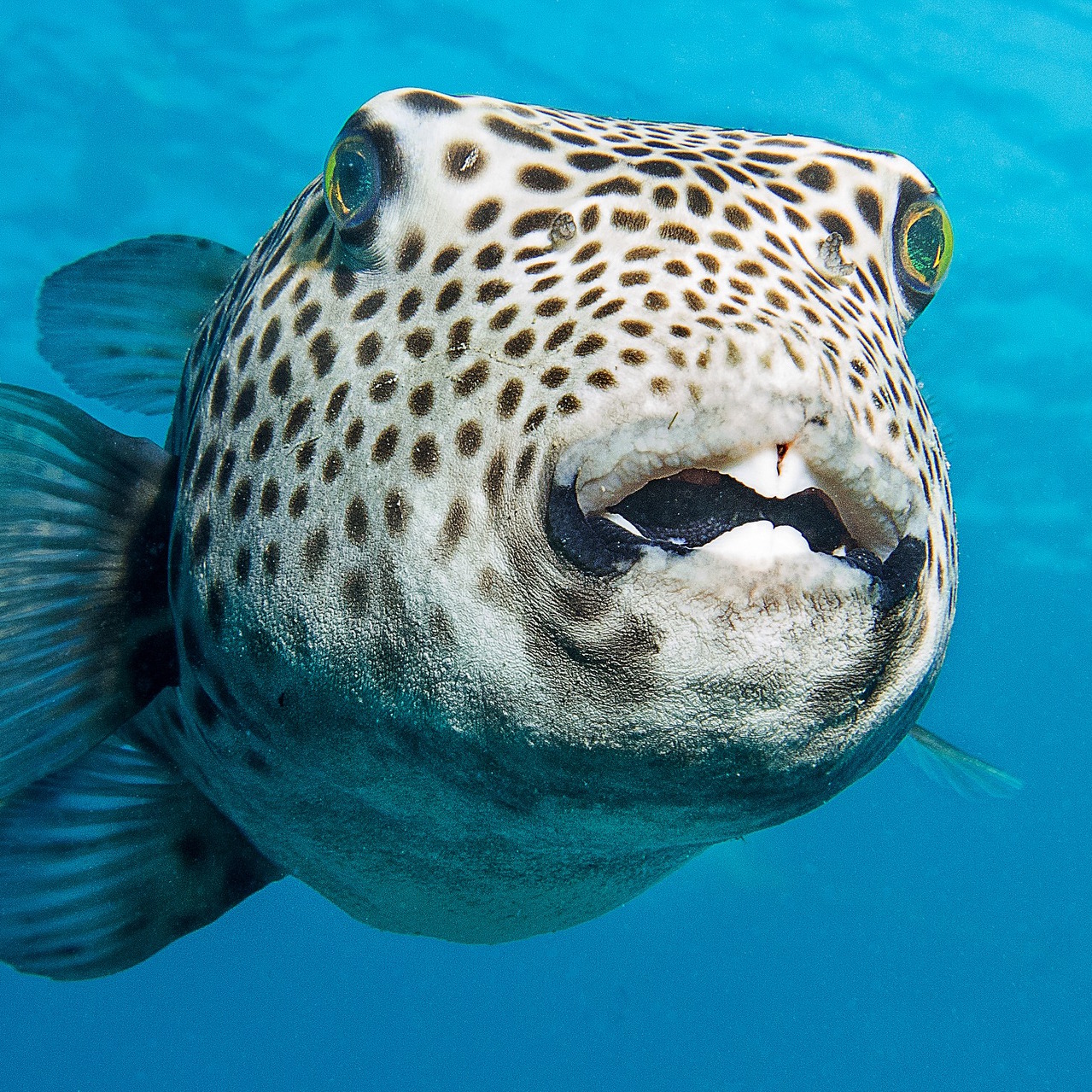
Step Three
Acoustic localization
Less than 10m range error and 2 degrees bearing error in simulations and emulations
-
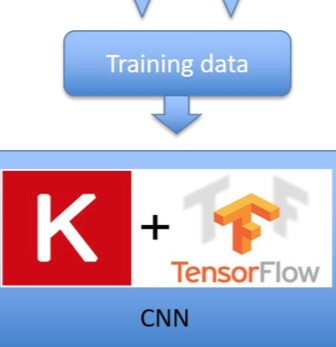
Step Four
Image segmentation, classification and biomass evaluation
More than 90% correct image segmentation rate, less than 5% miss- classification rate, and up to 10% biomass estimation error in simulations and emulations.
-

Step Five
Data transmission and image compression
Demonstration at sea of data transmission with 95% communications availability at depth of 90m, and statistical analysis showing an average of 20% compression rate of underwater segmented images.
-
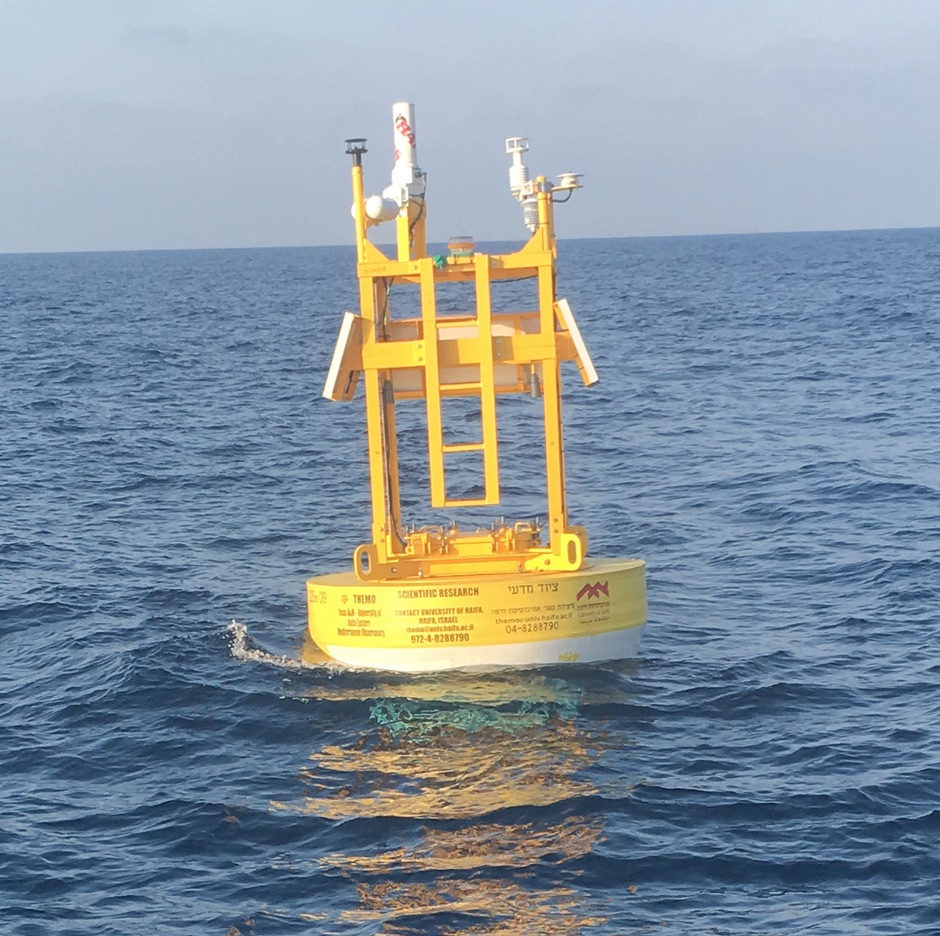
Step Six
Integration of system, and testing over THEMO mooring platform
Successful operation of all components in in-land testing of integrated system
-
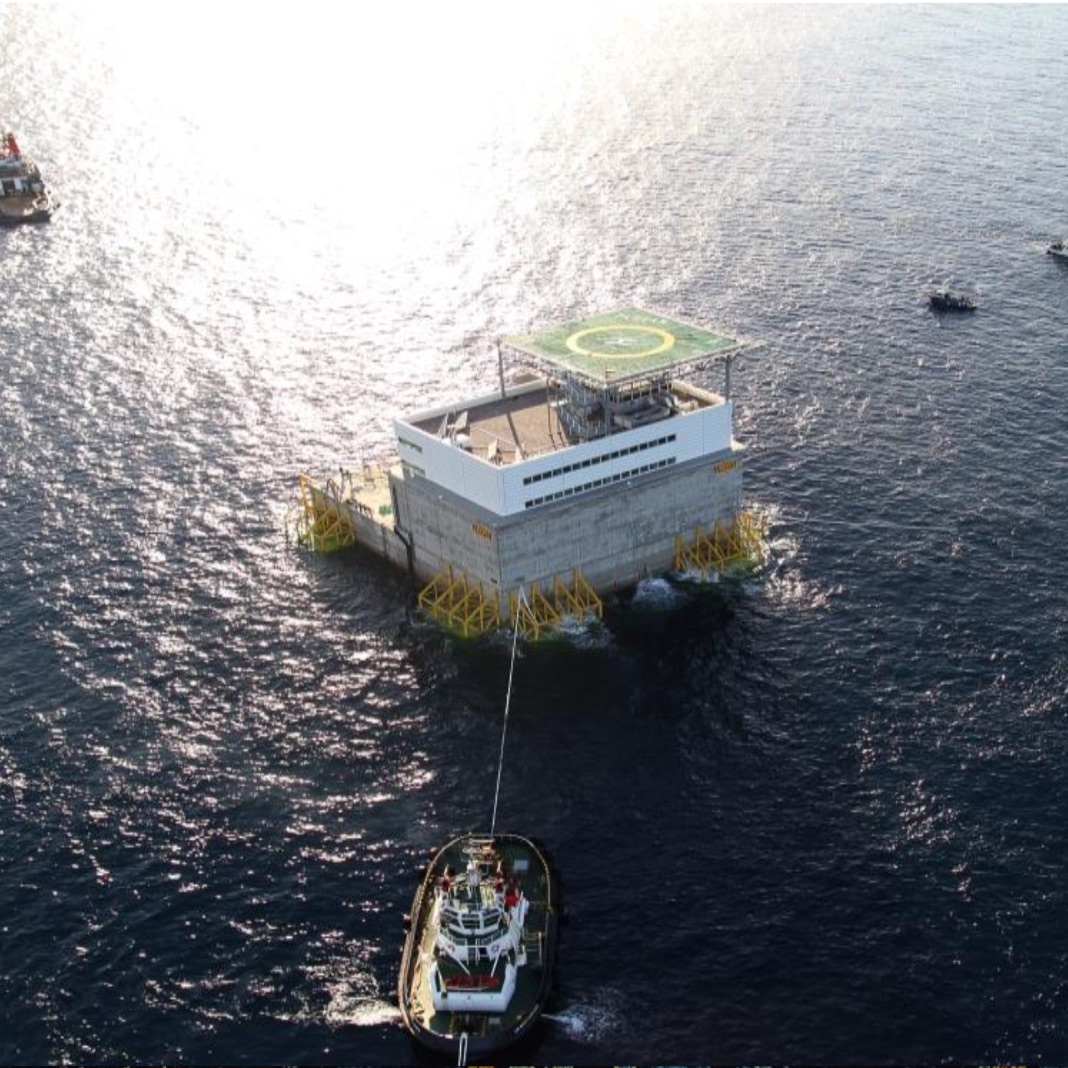
Step Seven
Sea Experiments
Report of findings of sea experiments for each system component achieving same performance as in simulations.
-

Step Eight
Deployment in Israel and Spain
Report of the deployment with similar performance as in simulations. Results verified using man-in-the- loop.
PARTNERS

University of Haifa
The University of Haifa, established in 1972, is an academic institution whose initial and central function is to carry out excellent academic teaching and research. The academic excellence is showcased in many various interdisciplinary and international programs and by means of collaborations with academic institutions around the world. The University was selected by the Council for Higher Education to lead the field of Marine Research in a Networked Society.
Acoustic and Navigation Lab
IMDEA Networks Institute
IMDEA Networks Institute is a networking research organization whose multinational team is engaged in cutting-edge fundamental science. As a growing, English-speaking institute located in Madrid, Spain, IMDEA Networks offers a unique opportunity for pioneering scientists to develop their ideas. IMDEA Networks is establishing itself internationally at the forefront in the development of future network technologies.
To the webpage
Evologics GmbH
EvoLogics is a Germany-based high-tech enterprise. It was founded in 2000 by a group of leading international scientists and R&D experts to develop innovative key technologies for the aerospace, maritime and offshore industries through interdisciplinary cooperation between engineering and life sciences. The driving force behind EvoLogics is the attitude that nature has evolved over millions of years to generate the most efficient design and uncovering these design elements can advance human mankind in their development of technologies that are both superior and also environmentally safe.
To the webpage
Wireless & More
Wireless & More is among leading Wireless communication research and development companies in Italy that offer a wide variety of services.
To the webpage